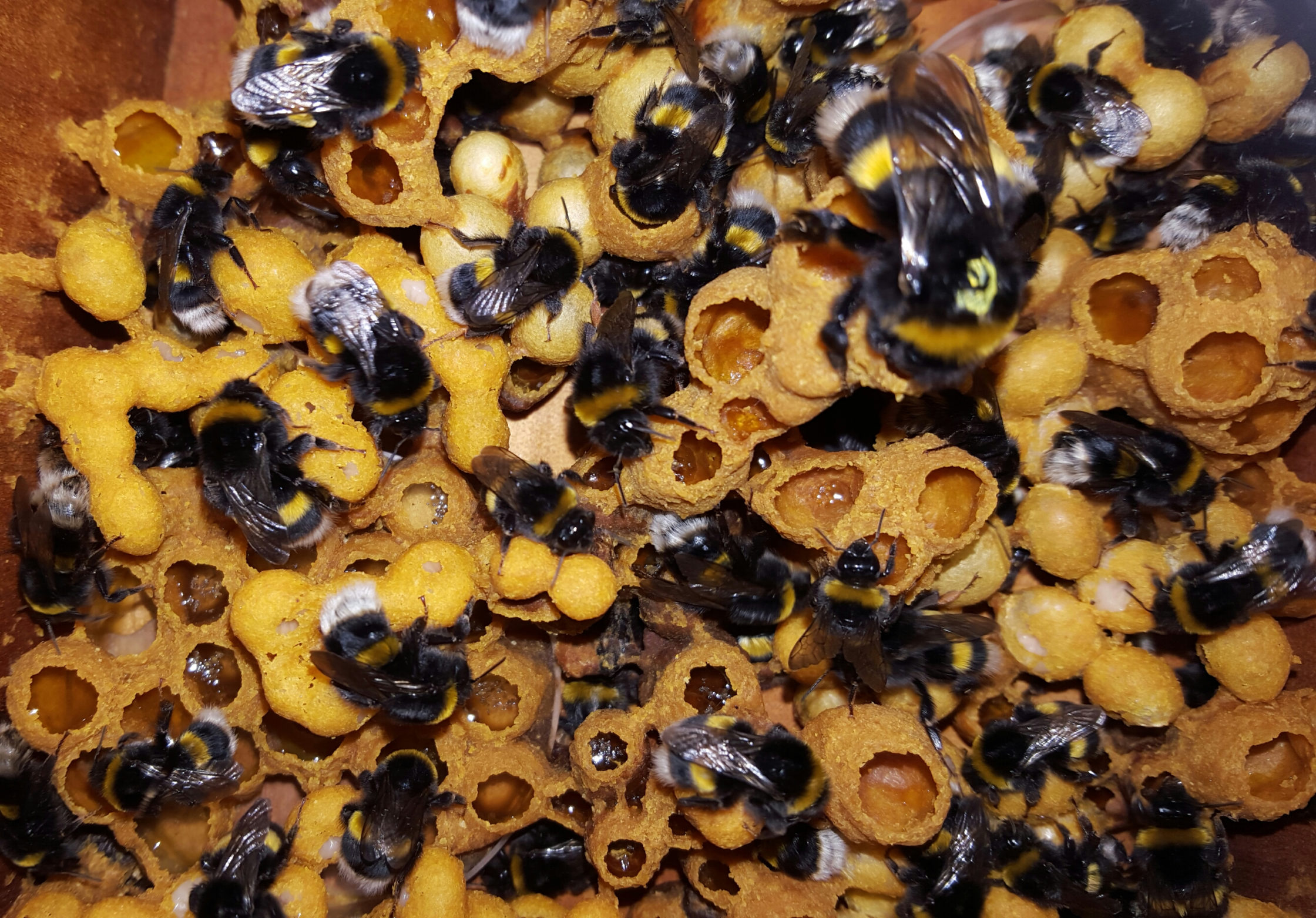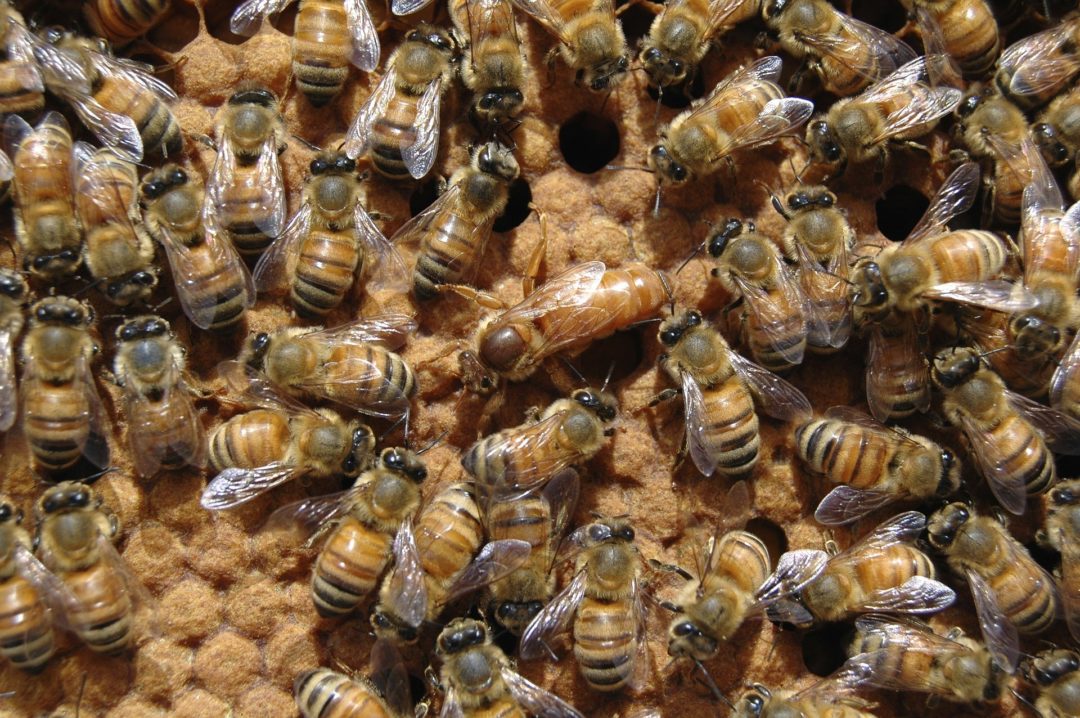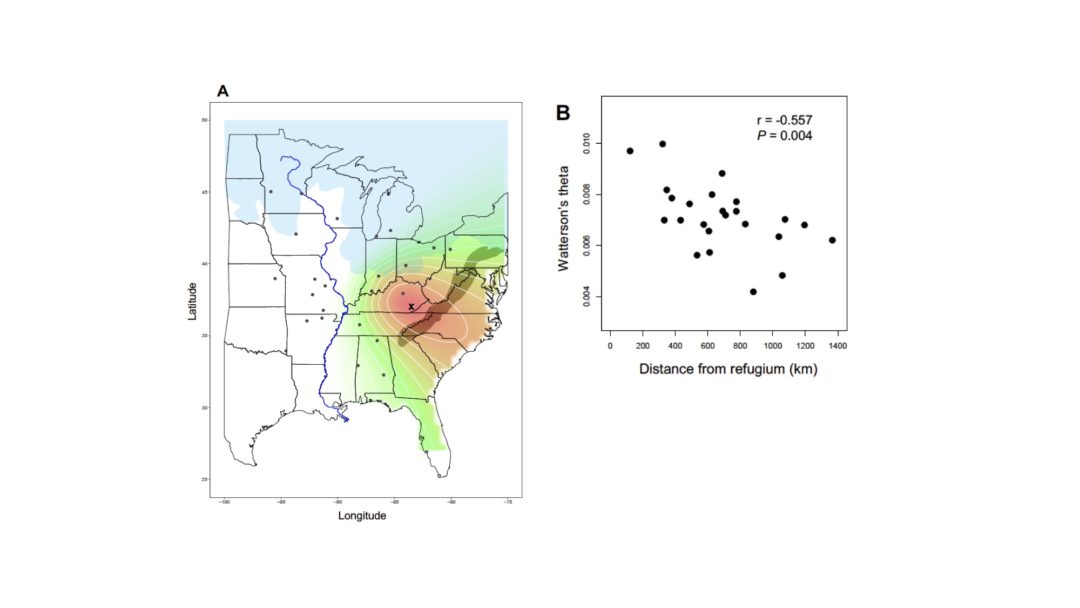We don’t just inherit DNA from our parents, we also inherit chemical marks which can tell our genes how to behave. These marks can sometimes make our genes work in a way that goes against traditional evolutionary understanding. A new study in Evolution Letters explains how bumblebees may hold the key to validating new theories around the evolution of these weirdly behaving genes.
Most animals, including you, inherit two copies of their DNA, one from mum and one from dad. This means we have two copies of every gene, a maternal copy (from mum) and a paternal copy (from dad). Usually both copies of a gene are expressed, meaning they are turned on. This is evolutionarily important because if you were to inherit a damaged copy of a gene, then the other healthy copy can sometimes compensate. However, there are a small number of genes that lose this evolutionary advantage by only ever expressing one copy. When this is done in a parent-of-origin manner, the genes are referred to as imprinted. This means some imprinted genes only ever express dad’s copy and others only ever express mum’s copy. For example, in humans, it is only ever the paternal copy of the IGF2 gene that gets expressed. If imprinting is lost at this gene it results in Beckwith-Wiedermann syndrome, which can cause giantism and excess tumour growth.
Why has genomic imprinting evolved?
Genomic imprinting is an evolutionary paradox as natural selection should not favour the switching off of one copy of a gene. Many theories try to explain why genomic imprinting has evolved. Haig’s kinship theory is the most widely accepted explanation. This theory states there are different selection pressures on our genes, depending on which parent they came from.
To explain, in a polyandrous mating system one female mates with multiple males. While both parents want their offspring to have the best chance to survive, the female knows all of the offspring are hers, while the male cannot be certain which are his. It follows that the genes inherited from the mother may be selected to favour equal resource distribution amongst her offspring, increasing the chances that they all survive and pass on her genes. Whereas genes coming from the father may be selected to favour individual resource gain at the expense of siblings who may have genes from a different father. This would increase the chances of the individual surviving and passing on the father’s genes to the next generation. So you can see how genes from the mother and father in this scenario ‘want’ different things.
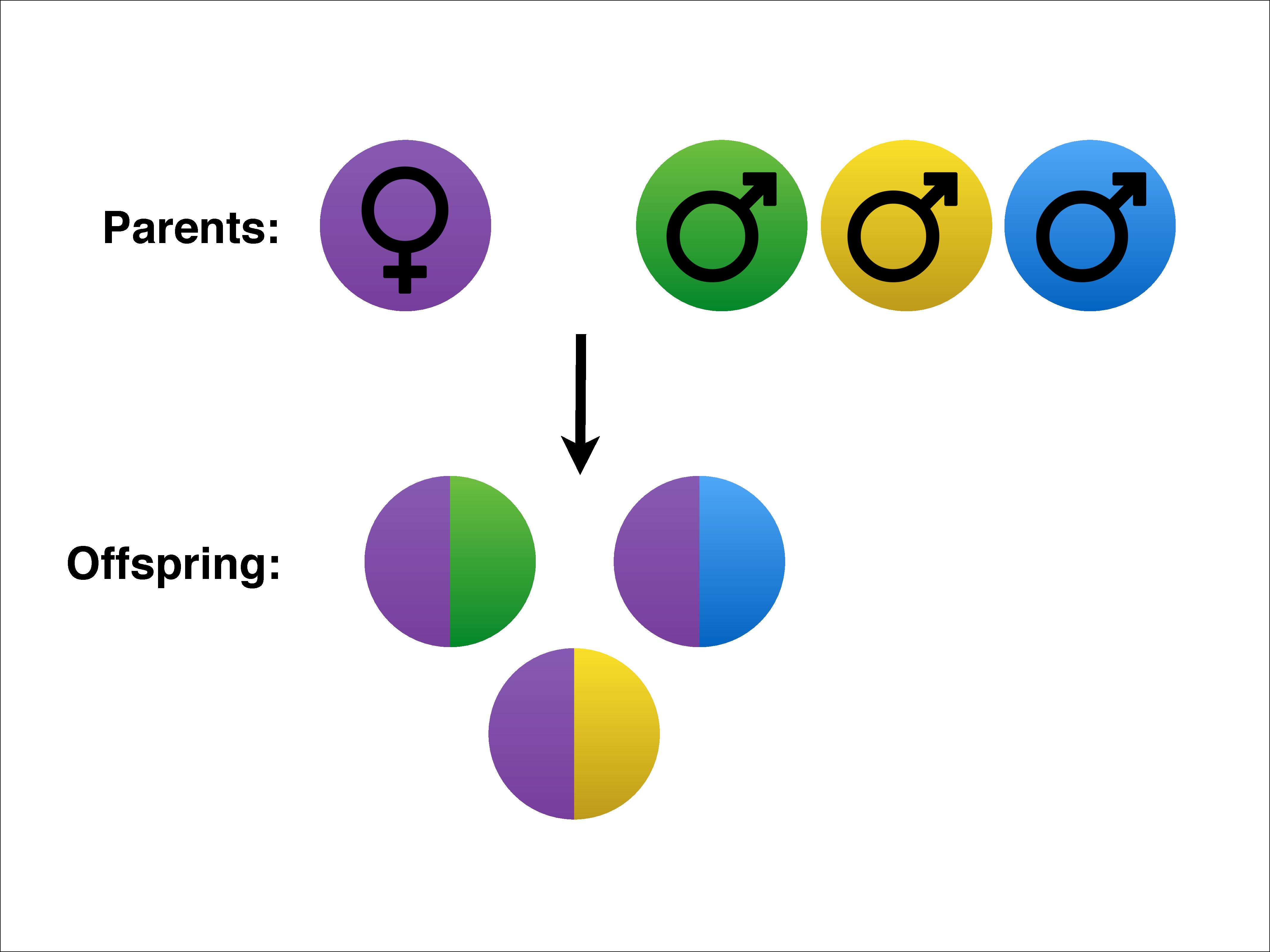
In species where females mate with multiple males, a female can be certain of their parentage, whereas a male rarely can.
Bumblebees as an independent test.
This theory is based on observations in mammals. It has been suggested social insects could act as an independent test for the kinship theory of genomic imprinting. This is because, like humans, social insects have many different social interactions with family-members. For example, a bumblebee colony consists of a single queen, who has mated with only one male, along with many daughters, who become the workers. Bumblebee colonies usually only last for a few months and towards the end of the colony cycle, the queen will start to produce sons and new queens. Some of her worker daughters (but not all) will rebel against her by becoming reproductive (Figure 4) and producing sons of their own, during what is known as the competition phase. This is considered ‘treason’ and the queen will attack any daughters she sees doing this.
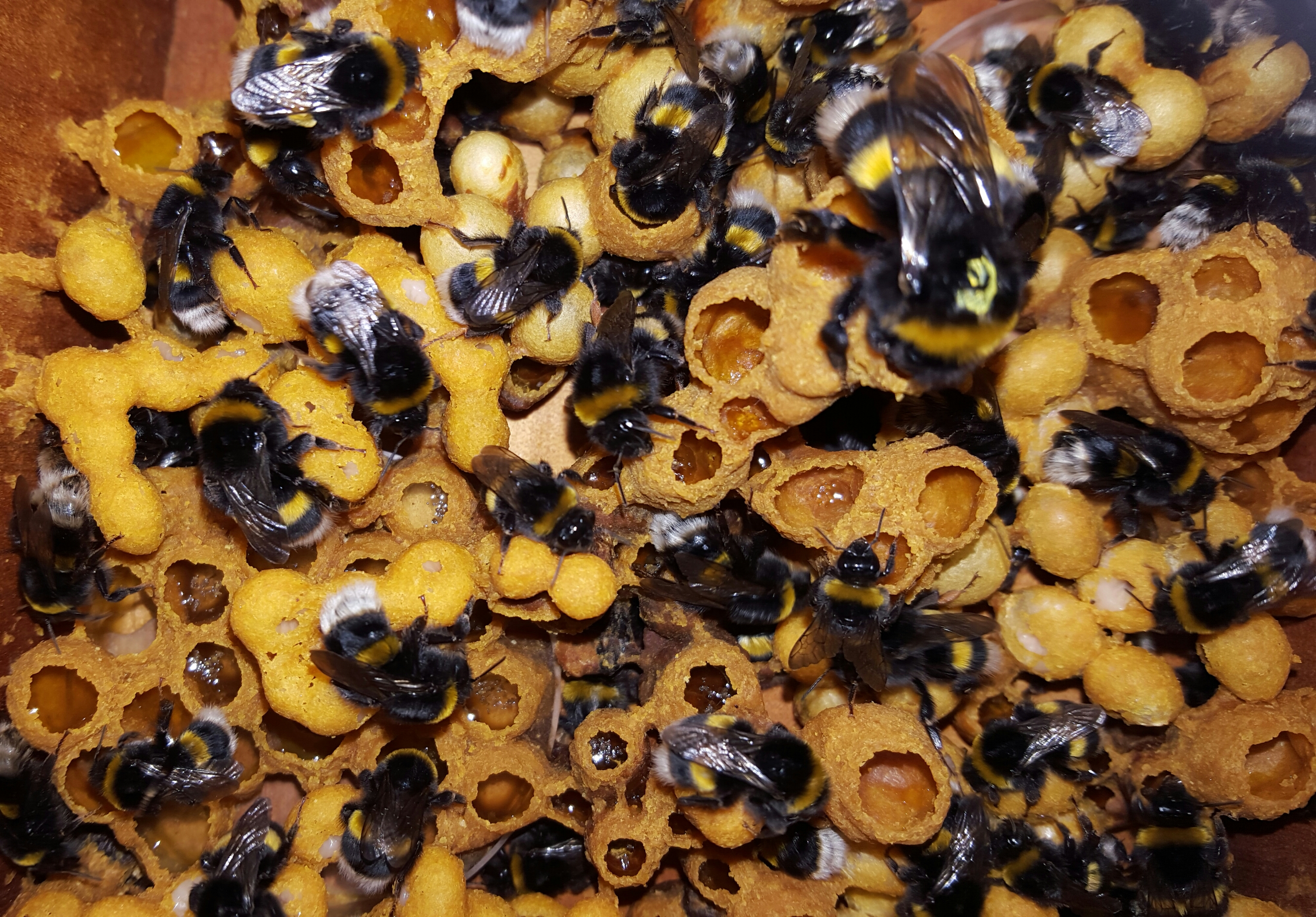
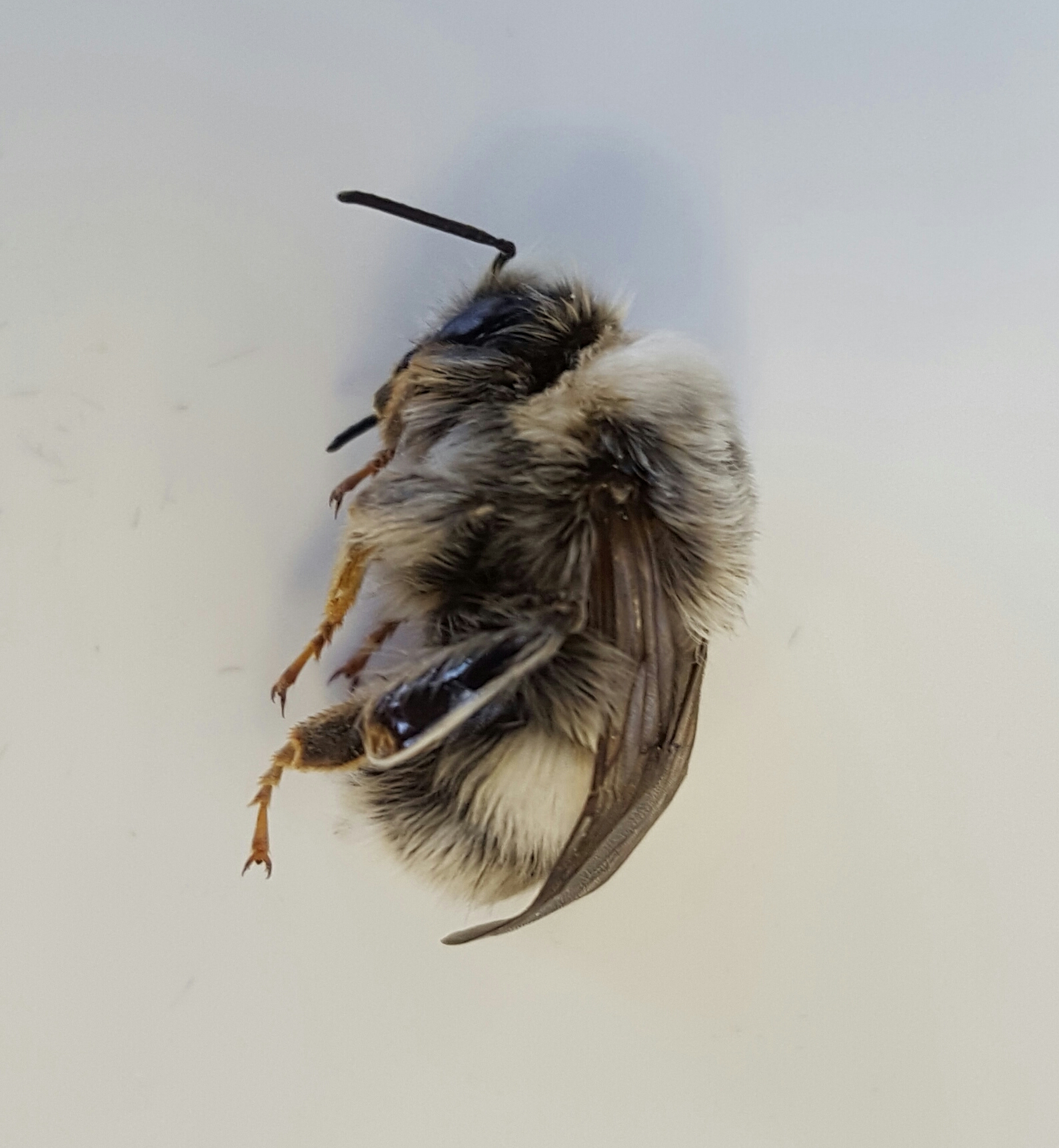
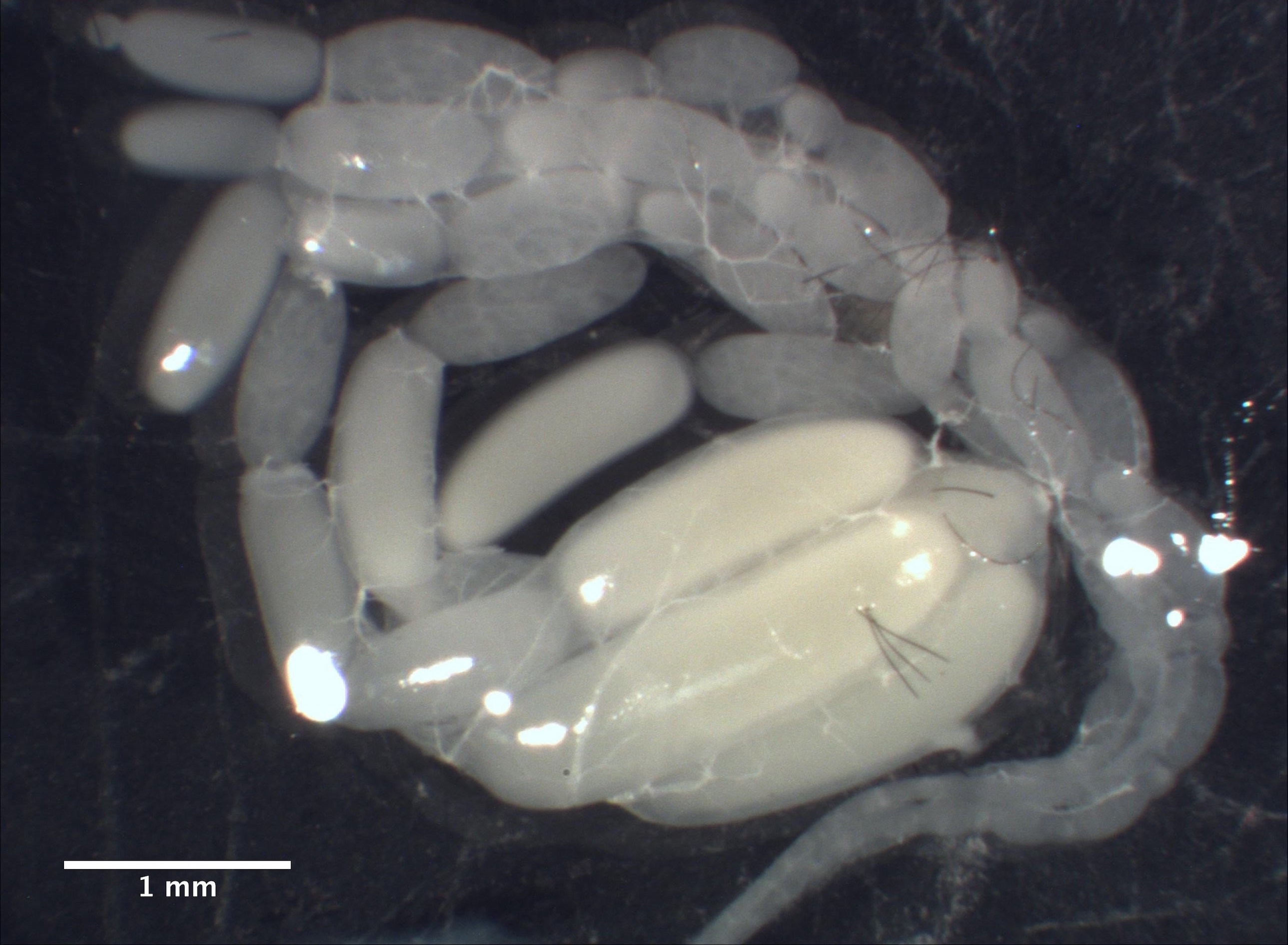
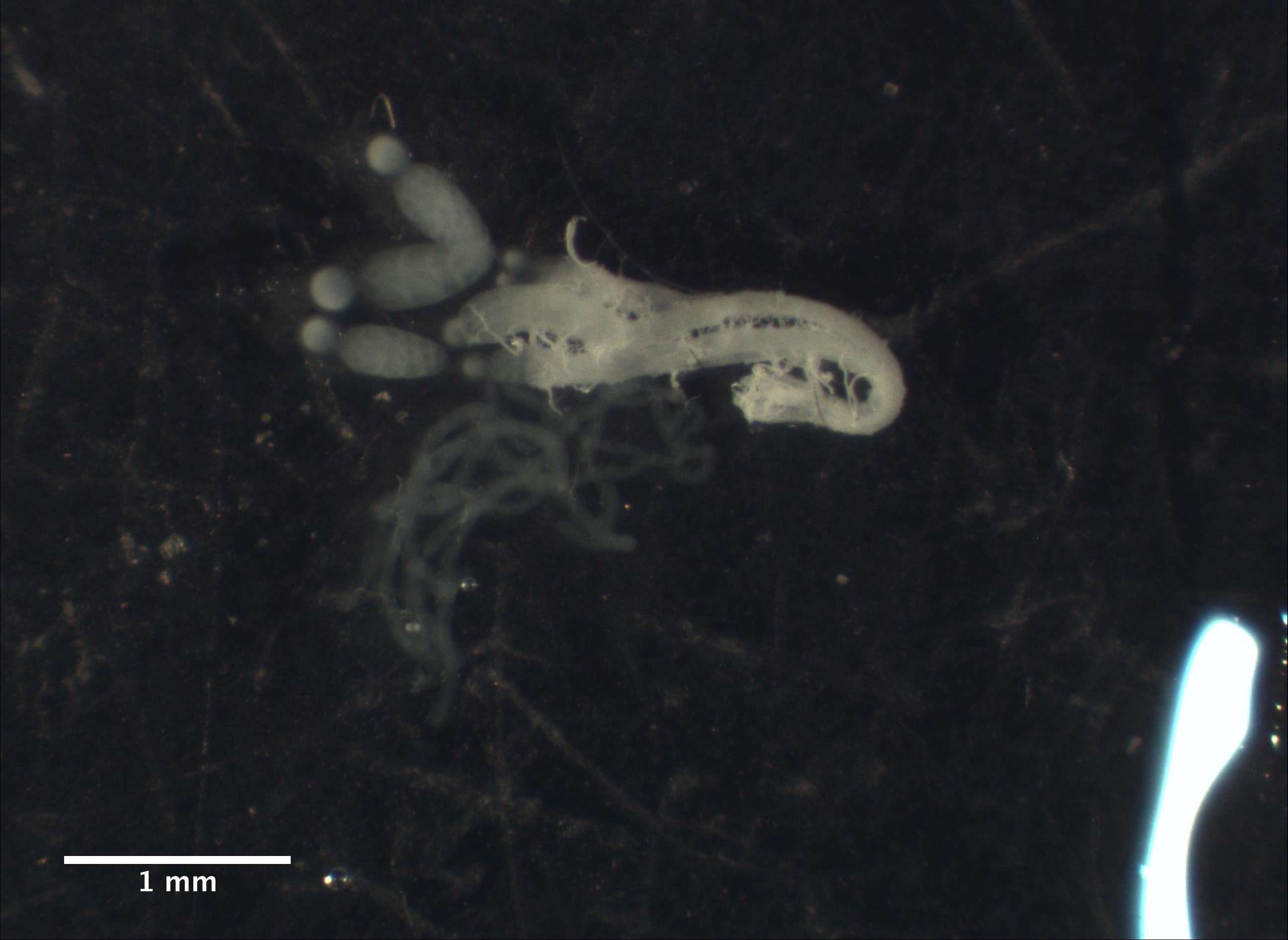
Bumblebee colonies consist of a single queen and many daughters (workers). Top: inside a colony. Bottom: (left) a juvenile bumblebee; (centre) the reproductive ovary of a ‘rebel’ worker competing to produce sons of her own; (right) the non-reproductive ovary of a standard worker.
Another reason it is believed the kinship theory applies to bees is because males are genetically a little weird. In the world of the bumblebee, males have a grandfather but no father! Males are created when queens or workers produce eggs that contain half of their own DNA, so no additional copy of DNA from a father is needed. This means if a worker produces a son of her own then some of her father’s DNA is likely to be passed on. However, if a queen produces a son, then none of the worker’s father’s DNA will go into that son.
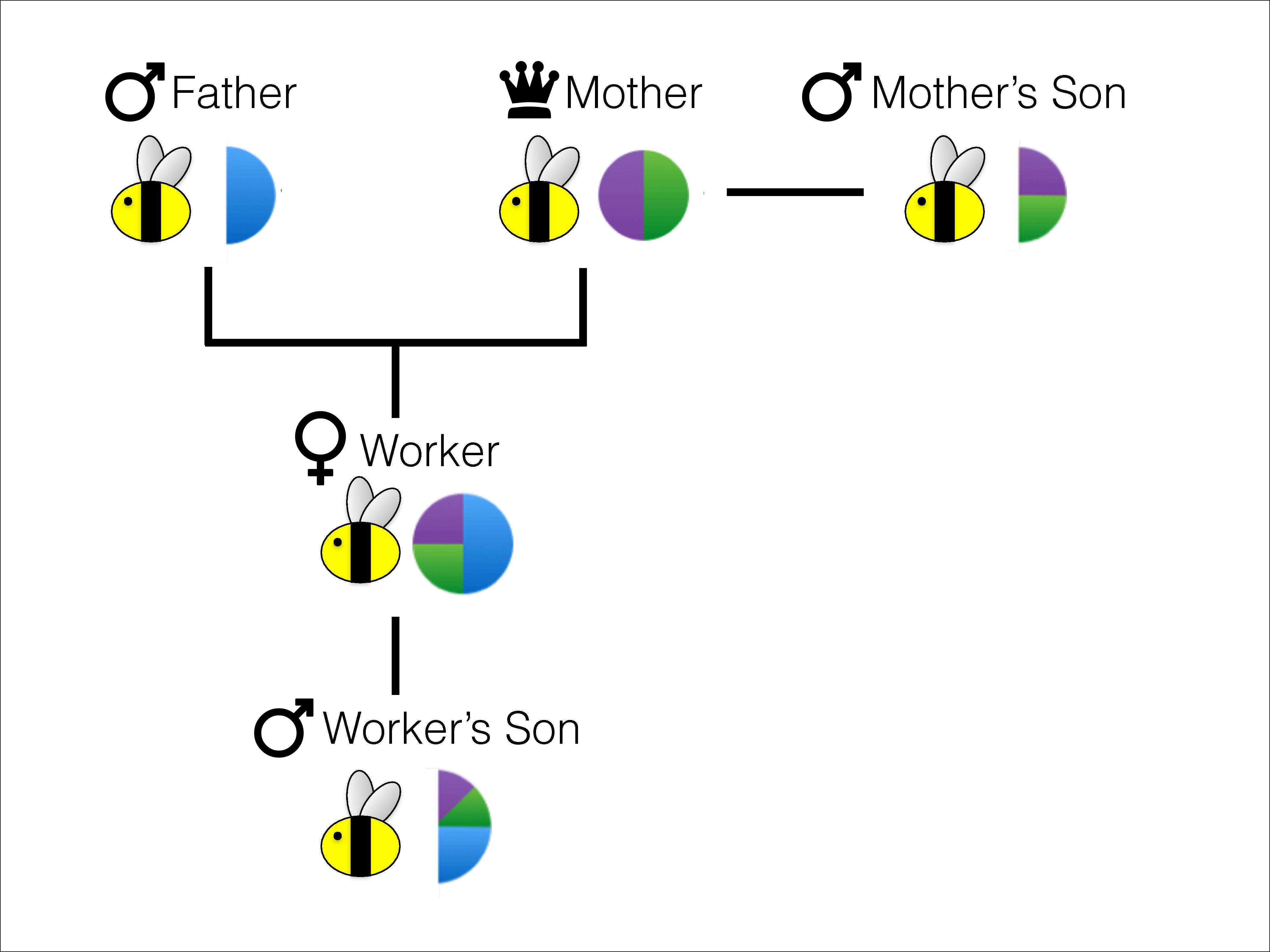
Inheritance patterns in bumblebees.
The kinship theory predicts workers rebel and become reproductive because this would be beneficial to their father’s genes. Imprinting of certain genes would allow a father’s copy to increase worker reproductive behaviour and would also allow a mother’s copy to decrease worker reproductive behaviour. This conflict is similar to the one in the polyandrous mating system we discussed earlier. The kinship theory makes many predictions on how imprinted genes should work in bumblebees; worker reproductive behaviour is just one example.
In our current paper in Evolution Letters, we have identified genes which show parent-of-origin expression in a species of bumblebee providing support for the kinship theory. Understanding how imprinting has evolved will facilitate new lines of research into imprinting-based diseases in humans, such as Beckwith-Wiedermann syndrome. Additionally, learning more about non-genetic mechanisms of inheritance in bumblebees may one day aid conservation efforts.
Authors: Dr Hollie Marshall is a Postdoctoral Research Associate at the University of Edinburgh. Dr Eamonn Mallon is Associate Dean of Research for the College of Life Sciences and Associate Professor of Evolutionary Biology at the University of Leicester.
The original article is freely available to read and download from Evolution Letters.
